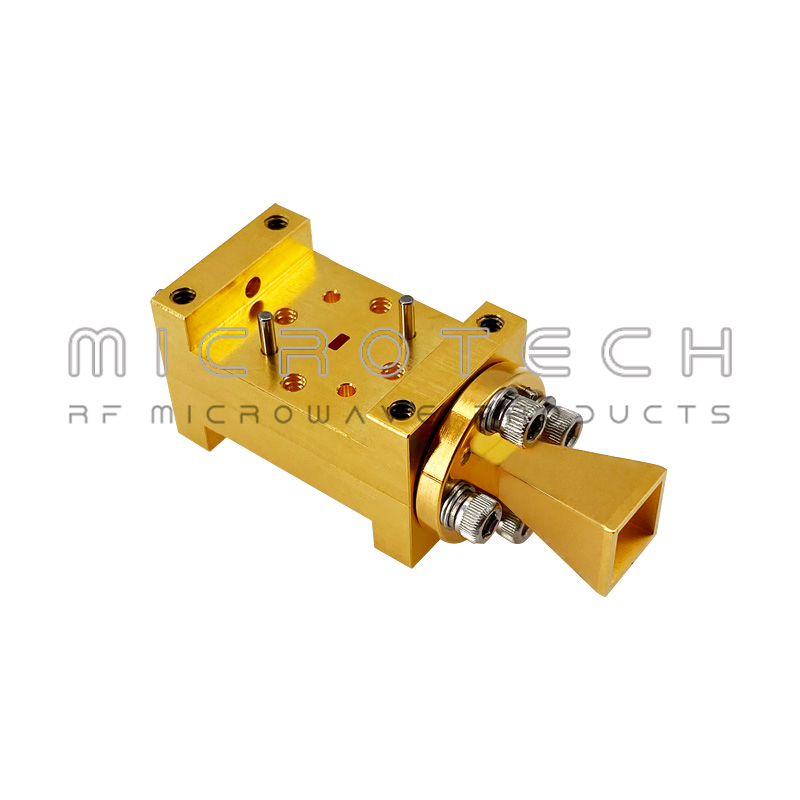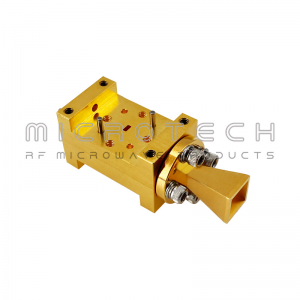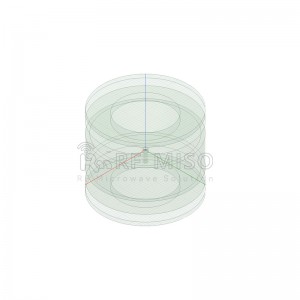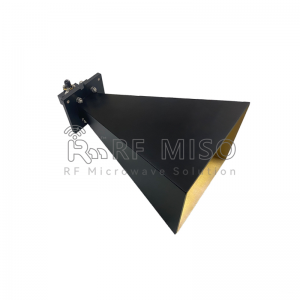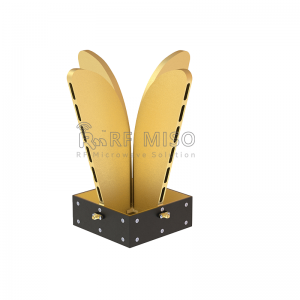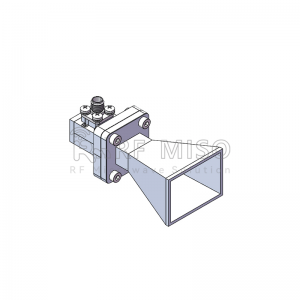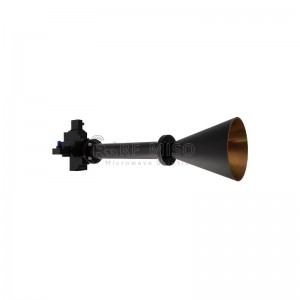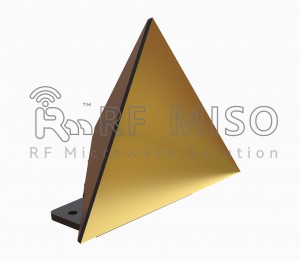Features
● Full Band Performance
● Dual Polarization
● High Isolation
● Precisely Machined and Gold Plated
Specifications
|
MT-DPHA75110-15 |
||
|
Item |
Specification |
Units |
|
Frequency Range |
75-110 |
GHz |
|
Gain |
15 |
dBi |
|
VSWR |
1.4:1 | |
|
Polarization |
Dual |
|
|
Horizontal 3dB Beam Width |
33 |
Degrees |
|
Vertical 3dB Bean Width |
22 |
Degrees |
|
Port Isolation |
45 |
dB |
|
Size |
27.90*52.20 |
mm |
|
Weight |
77 |
g |
|
Waveguide Size |
WR-10 |
|
|
Flange Designation |
UG-387/U-Mod |
|
|
Body Material and Finish |
Aluminum, Gold |
|
Outline Drawing
Test Results
VSWR
Multipath propagation of radio waves
In the ultra-short wave and microwave bands, the radio waves will encounter obstacles (such as buildings, tall buildings or hills, etc.) during the propagation process to reflect the radio waves. Therefore, there are many kinds of reflected waves reaching the receiving antenna (broadly speaking, ground reflected waves should also be included), this phenomenon is called multipath propagation. Due to the multi-path transmission, the spatial distribution of the signal field strength becomes quite complicated and fluctuates greatly. In some places, the signal field strength is enhanced, and in some places, the signal field strength is weakened; The direction of polarization changes. In addition, different obstacles have different reflection abilities to radio waves. For example: Reinforced concrete buildings are more reflective of ultrashort waves and microwaves than brick walls. We should try our best to overcome the negative impact of multipath transmission effect, which is why people often use space diversity technology or polarization diversity technology in communication networks that require high communication quality.
-
Biconical Antenna 2 dBi Typ. Gain, 8-12 GHz Fre...
-
Broadband Horn Antenna 20 dBi Typ. Gain, 8-18 G...
-
Broadband Dual Polarized Horn Antenna 6 dBi Typ...
-
Standard Gain Horn Antenna Gain 15dBi Typ. Gain...
-
Dual Circular Polarized Horn Antenna 20dBi Typ....
-
Trihedral Corner Reflector 152.4mm,0.218Kg







